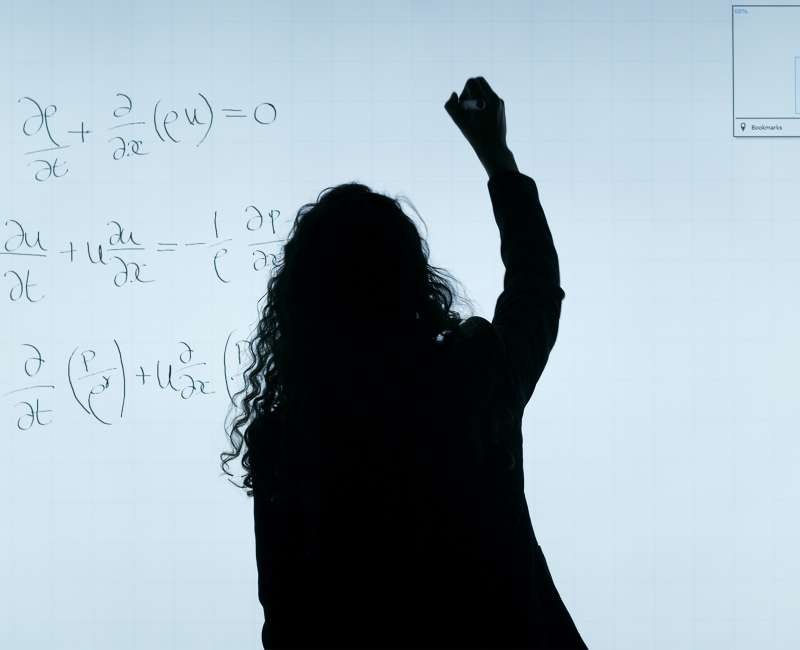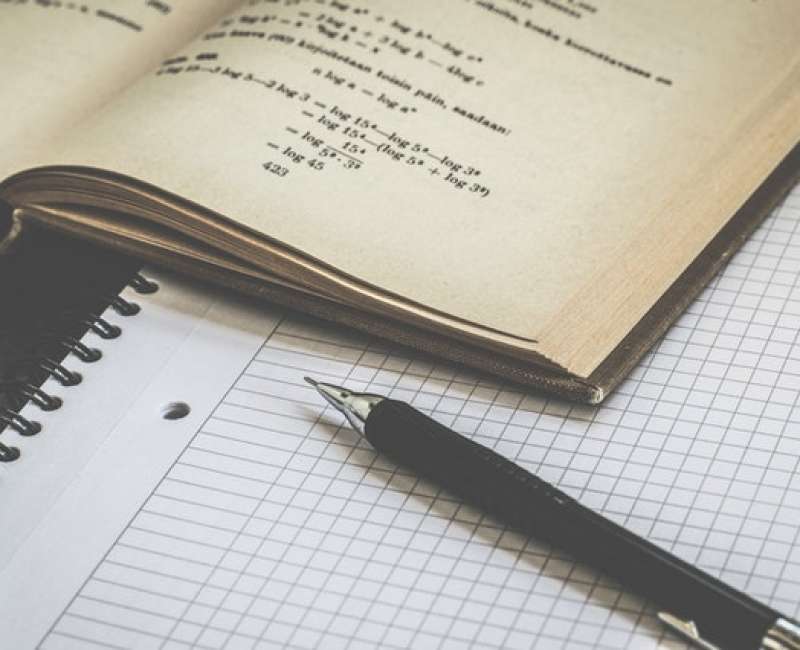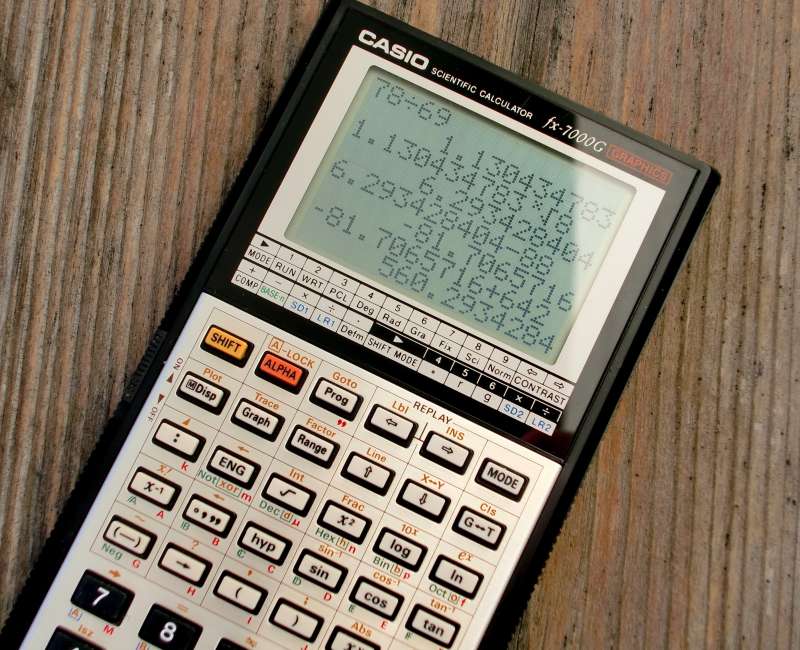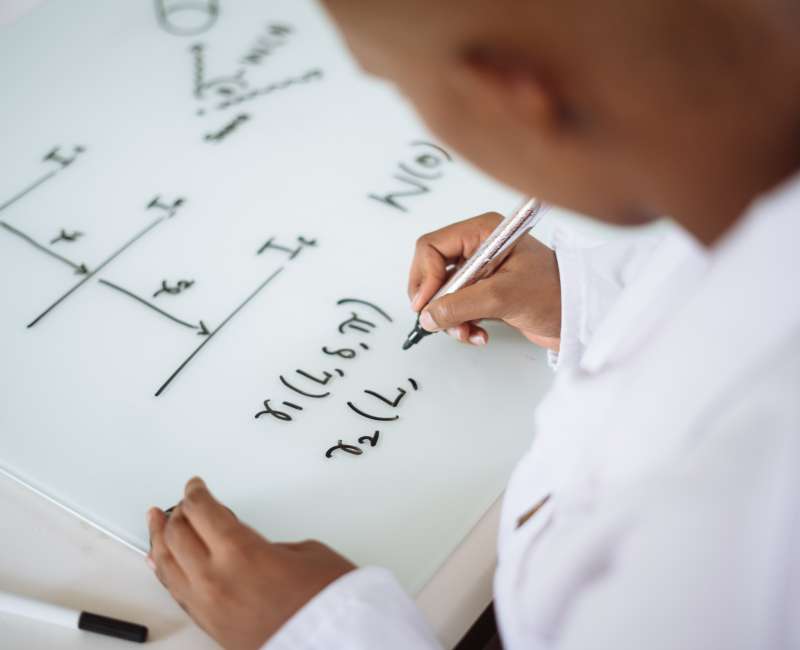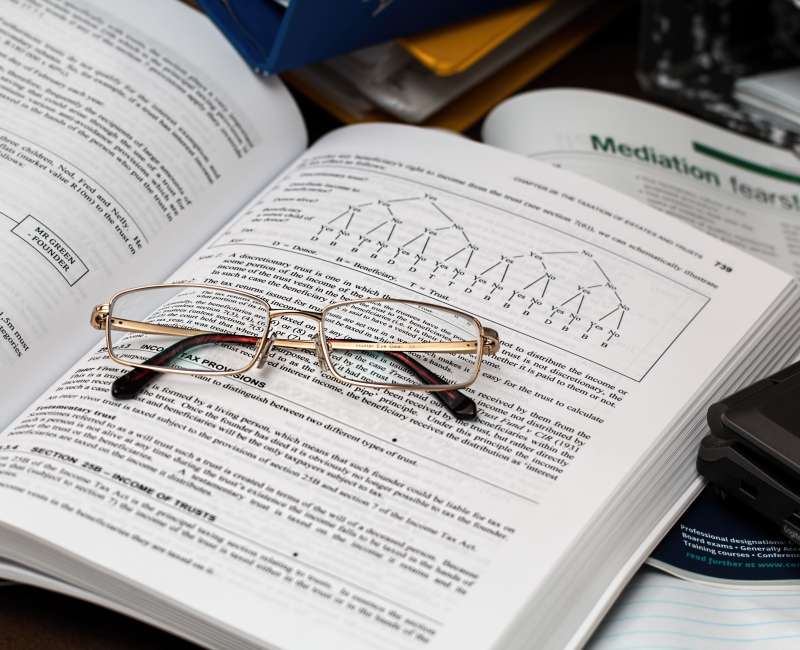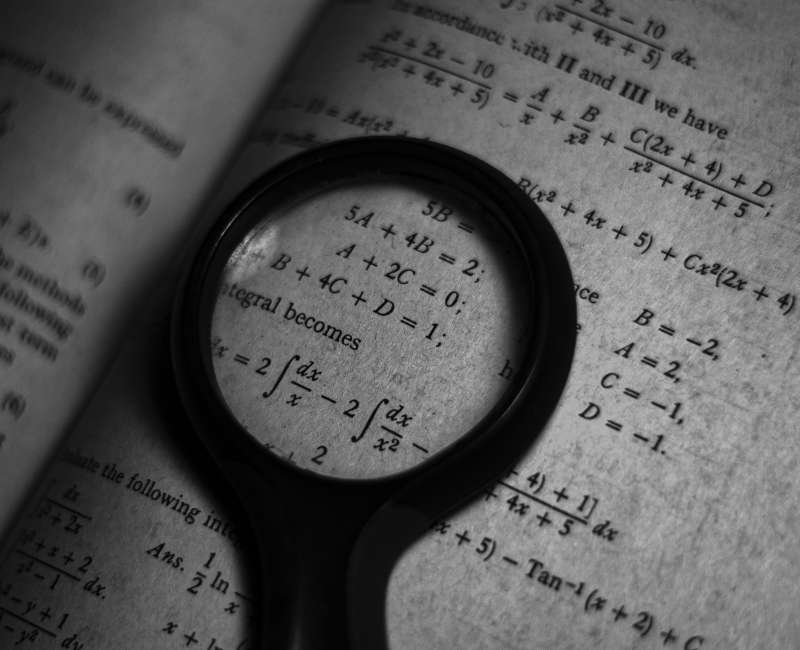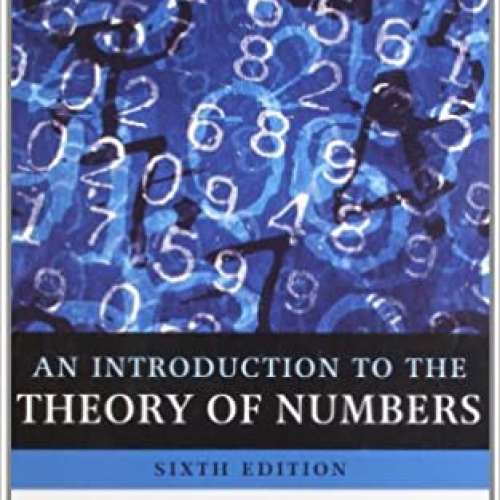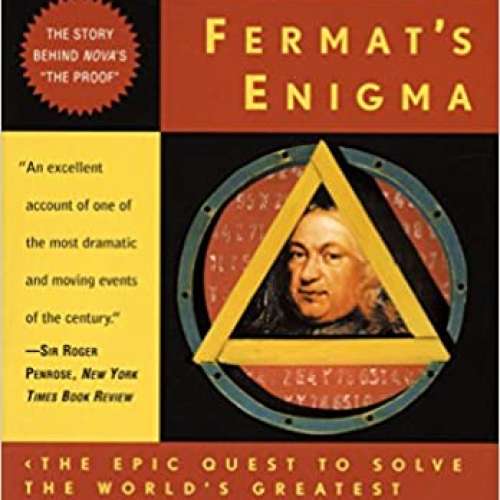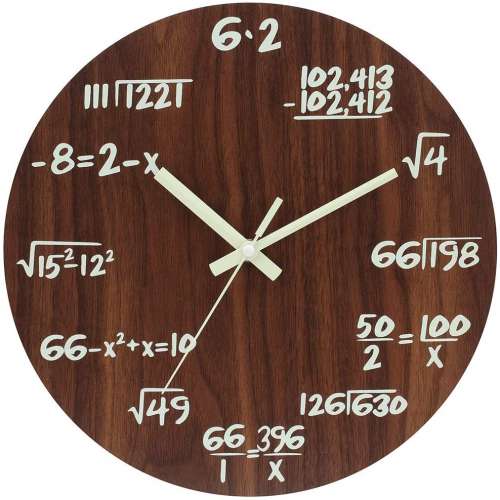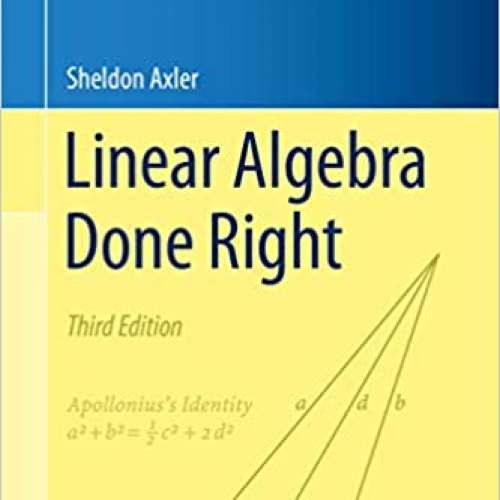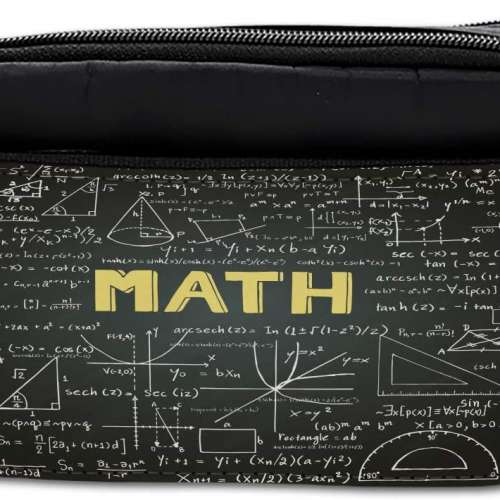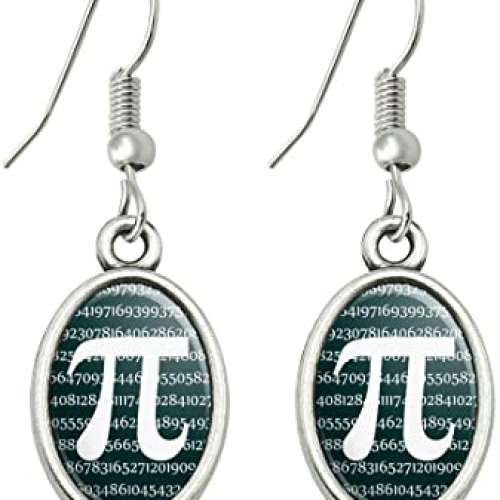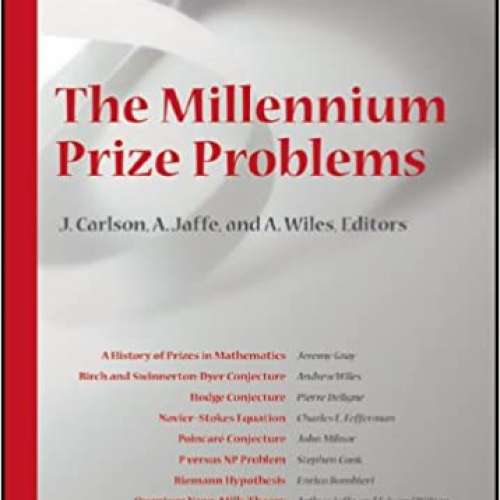

Andrew Wiles
Always try the problem that matters most to you.
Sir Andrew John Wiles KBE FRS born 12 April 1953 is an English mathematician and a Royal Society Research Professor at the University of Oxford, specializing in number theory. He is best known for proving Fermat's Last Theorem, for which he was awarded the 2016 Abel Prize and the 2017 Copley Medal by the Royal Society. He was appointed Knight Commander of the Order of the British Empire in 2000, and in 2018 was appointed as the first Regius Professor of Mathematics at Oxford. Wiles is also a 1997 MacArthur Fellow.
Education and early life
Wiles was born on 11 April 1953 in Cambridge, England, the son of Maurice Frank Wiles 1923–2005, later the Regius Professor of Divinity at the University of Oxford, and Patricia Wiles née Mowll. His father worked as the chaplain at Ridley Hall, Cambridge, for the years 1952–55. Wiles attended King's College School, Cambridge, and The Leys School, Cambridge.
Wiles states that he came across Fermat's Last Theorem on his way home from school when he was 10 years old. He stopped at his local library where he found a book about the theorem. Fascinated by the existence of a theorem that was so easy to state that he, a ten-year-old, could understand it, but that no one had proven, he decided to be the first person to prove it. However, he soon realised that his knowledge was too limited, so he abandoned his childhood dream until it was brought back to his attention at the age of 33 by Ken Ribet's 1986 proof of the epsilon conjecture, which Gerhard Frey had previously linked to Fermat's famous equation.
Career and research
Wiles earned his bachelor's degree in mathematics in 1974 at Merton College, Oxford, and a PhD in 1980 as a graduate student of Clare College, Cambridge. After a stay at the Institute for Advanced Study in Princeton, New Jersey, in 1981, Wiles became a Professor of Mathematics at Princeton University. In 1985–86, Wiles was a Guggenheim Fellow at the Institut des Hautes Études Scientifiques near Paris and at the École Normale Supérieure. From 1988 to 1990, Wiles was a Royal Society Research Professor at the University of Oxford, and then he returned to Princeton. From 1994 to 2009, Wiles was a Eugene Higgins Professor at Princeton. He rejoined Oxford in 2011 as Royal Society Research Professor. In May 2018 he was appointed Regius Professor of Mathematics at Oxford, the first in the university's history.

Wiles's graduate research was guided by John Coates beginning in the summer of 1975. Together these colleagues worked on the arithmetic of elliptic curves with complex multiplication by the methods of Iwasawa theory. He further worked with Barry Mazur on the main conjecture of Iwasawa theory over the rational numbers, and soon afterward, he generalized this result to totally real fields.
His biographical page at Princeton University's website states that "Andrew has few equals in terms of his impact on modern number theory. Many of the world’s very best young number theorists received their PhDs under Andrew ... and many of these are today leaders and professors at top institutions around the world".
Proof of Fermat's Last Theorem
Starting in mid-1986, based on successive progress of the previous few years of Gerhard Frey, Jean-Pierre Serre and Ken Ribet, it became clear that Fermat's Last Theorem could be proven as a corollary of a limited form of the modularity theorem unproven at the time and then known as the "Taniyama–Shimura–Weil conjecture". The modularity theorem involved elliptic curves, which was also Wiles's own specialist area.
The conjecture was seen by contemporary mathematicians as important, but extraordinarily difficult or perhaps impossible to prove.:203–205, 223, 226 For example, Wiles's ex-supervisor John Coates states that it seemed "impossible to actually prove", and Ken Ribet considered himself "one of the vast majority of people who believed ."
Despite this, Wiles, with his from-childhood fascination with Fermat's Last Theorem, decided to undertake the challenge of proving the conjecture, at least to the extent needed for Frey's curve. He dedicated all of his research time to this problem for over six years in near-total secrecy, covering up his efforts by releasing prior work in small segments as separate papers and confiding only in his wife.:229–230
In June 1993, he presented his proof to the public for the first time at a conference in Cambridge.
He gave a lecture a day on Monday, Tuesday and Wednesday with the title "Modular Forms, Elliptic Curves and Galois Representations". There was no hint in the title that Fermat's last theorem would be discussed, Dr. Ribet said. ... Finally, at the end of his third lecture, Dr. Wiles concluded that he had proved a general case of the Taniyama conjecture. Then, seemingly as an afterthought, he noted that that meant that Fermat's last theorem was true. Q.E.D.
In August 1993, it was discovered that the proof contained a flaw in one area. Wiles tried and failed for over a year to repair his proof. According to Wiles, the crucial idea for circumventing, rather than closing, this area came to him on 19 September 1994, when he was on the verge of giving up. Together with his former student Richard Taylor, he published a second paper which circumvented the problem and thus completed the proof. Both papers were published in May 1995 in a dedicated issue of the Annals of Mathematics.
Awards and honours
Wiles's proof of Fermat's Last Theorem has stood up to the scrutiny of the world's other mathematical experts. Wiles was interviewed for an episode of the BBC documentary series Horizon that focused on Fermat's Last Theorem. This was renamed "The Proof" and was made an episode of the PBS science television series Nova. His work and life are also described in great detail in Simon Singh's popular book Fermat's Last Theorem.
Wiles has been awarded a number of major prizes in mathematics and science:
- Junior Whitehead Prize of the London Mathematical Society 1988
- Elected a Fellow of the Royal Society FRS in 1989
- Schock Prize 1995
- Fermat Prize 1995
- Wolf Prize in Mathematics 1995/6
- Elected a Foreign Associate of the National Academy of Sciences 1996
- NAS Award in Mathematics from the National Academy of Sciences 1996
- Royal Medal 1996
- Ostrowski Prize 1996
- Cole Prize 1997
- MacArthur Fellowship 1997
- Wolfskehl Prize 1997 – see Paul Wolfskehl
- A silver plaque from the International Mathematical Union 1998 recognising his achievements, in place of the Fields Medal, which is restricted to those under 40 Wiles was 41 when he proved the theorem in 1994
- King Faisal Prize 1998
- Clay Research Award 1999
- Pythagoras Award Croton, 2004
- Shaw Prize 2005
- The asteroid 9999 Wiles was named after Wiles in 1999.
- Knight Commander of the Order of the British Empire 2000
- The building at the University of Oxford housing the Mathematical Institute is named after Wiles.
- Abel Prize 2016
- Copley Medal 2017
Wiles's 1987 certificate of election to the Royal Society reads:
Andrew Wiles is almost unique amongst number-theorists in his ability to bring to bear new tools and new ideas on some of the most intractable problems of number theory. His finest achievement to date has been his proof, in joint work with Mazur, of the "main conjecture" of Iwasawa theory for cyclotomic extensions of the rational field. This work settles many of the basic problems on cyclotomic fields which go back to Kummer, and is unquestionably one of the major advances in number theory in our times. Earlier he did deep work on the conjecture of Birch and Swinnerton-Dyer for elliptic curves with complex multiplication – one offshoot of this was his proof of an unexpected and beautiful generalisation of the classical explicit reciprocity laws of Artin–Hasse–Iwasawa. Most recently, he has made new progress on the construction of ℓ-adic representations attached to Hilbert modular forms, and has applied these to prove the "main conjecture" for cyclotomic extensions of totally real fields – again a remarkable result since none of the classical tools of cyclotomic fields applied to these problems.
More facts
Rolf Schock Prize (1995)
Ostrowski Prize (1995)
Fermat Prize (1995)
Wolf Prize (1995/6)
Royal Medal (1996)
NAS Award in Mathematics (1996)
Foreign Associate of the National Academy of Sciences (1996)
Cole Prize (1997)
MacArthur Fellowship (1997)
Wolfskehl Prize (1997)
IMU Silver Plaque (1998)
King Faisal International Prize in Science (1998)
Shaw Prize (2005)
Abel Prize (2016)
Copley Medal (2017)





















